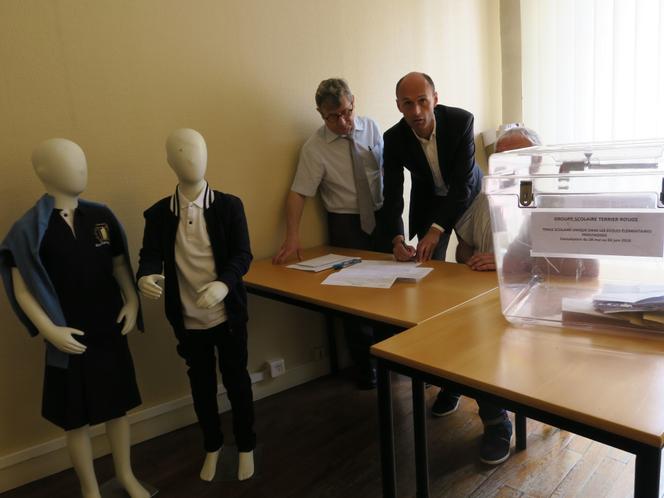


Earlier this month, French Education Minister Gabriel Attal released a guide to help local authorities experiment with his plan to enforce school uniforms throughout the country. While he has garnered the support of some right-wing lawmakers, teachers and parents have expressed mixed emotions.
Five years ago, the medieval town of Provins in north-central France ventured out on its own to test out uniforms in public schools. The results were inconclusive, said Mélodie (people quoted by first name only have requested anonymity), whose son attends the Marais elementary school: "Today, no child wears a uniform in Provins. Even back then, they were hard to find!" "With the conditions that were imposed on us, it could only end up as a semi-failure..." Olivier Lavenka, the mayor, admitted in hindsight.
The initiative began in early 2018. Convinced that school uniforms were a way of combating social inequalities, the Les Républicains (right wing) mayor, in office since 2017, launched the idea during his New Year's address, after hearing the minister of education at the time, Jean-Michel Blanquer, declare himself in favor of undertaking such experiments.
Although teachers' unions opposed the initiative, Lavenka organized a tour of the city's six public primary schools and then consulted with parents. Sixty-two percent of them voted in favor of the plan. Even if the turnout was relatively small (376 families out of 609), the result convinced the town to order, during the summer, nearly 700 uniforms, each made up of around 10 pieces, from a specialist company. The blue and white sweaters and polo shirts featured the town's emblem, the César Tower, above France's motto.
Still, Lavenka was surprised to find "a discrepancy between what the minister was saying and what education authorities were saying." The latter refused to give him the go-ahead to modify the schools' internal regulations (which depend directly on those of the Seine-et-Marne department) in order to make the wearing of uniforms compulsory for the duration of the experiment. For want of anything better to do, the experiment was launched on a voluntary basis, at the return from fall vacation.
Almost 340 uniforms, sold at a unit price of €137, were collected by parents from the town hall. Some, like Sébastien, a parent representative at the Ville-Haute school, actively supported the project: "It was a good way to avoid the race for brand names on the playground." Others, fiercely opposed, did not take part.
You have 55% of this article left to read. The rest is for subscribers only.
